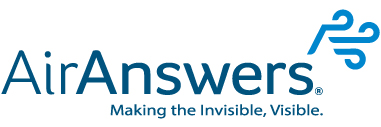Post-Vaccination Vigilance: what’s next?
The US administered the first commercially available doses of the COVID-19 vaccine on Monday December 14th. Pfizer’s delivery trucks departed from Portage, Michigan to distribute 2.9 million doses of the vaccine to 626 locations around the country, and Moderna is set to have over 100 million doses available in the USA by the end of March 2021. These first administrations came just as the total death toll surpassed 300,000.
Just because vaccination has begun, it doesn’t mean that we are over the hump and in the clear. The CDC recommends that we keep up preventive measures following vaccination, even until 2-3 weeks after the second dose. Like all other vaccines, it takes time to build antibodies and no vaccine is 100% effective. How many people do you know who got ‘flu even after ‘flu vaccination? There is also the possibility that you might get infected near the time of vaccination and have no symptoms but still spread the virus. Eventually, when enough people get vaccinated, the virus will not efficiently spread through the population, and so the virus will finally call it quits. This is called herd immunity. Only then will it be safe to go back to normal. With vaccinations beginning, many people are starting to have hope for an end to the devastating pandemic, but it is not over yet. In the meantime, we still need to take precautions. Even though some essential workers have been vaccinated, it will take months until the general population has access.
This means that it is crucial to keep taking steps to protect yourself and your loved ones and monitor spaces for the virus. Since COVID-19 is spread through airborne transmission an essential step in reducing risk is monitoring the air for airborne COVID-19 particles. Weekly monitoring of indoor spaces with AirAnswers helps bring peace of mind that businesses, schools, medical facilities, offices, and gathering spaces are taking necessary precautions to operate during the pandemic.










